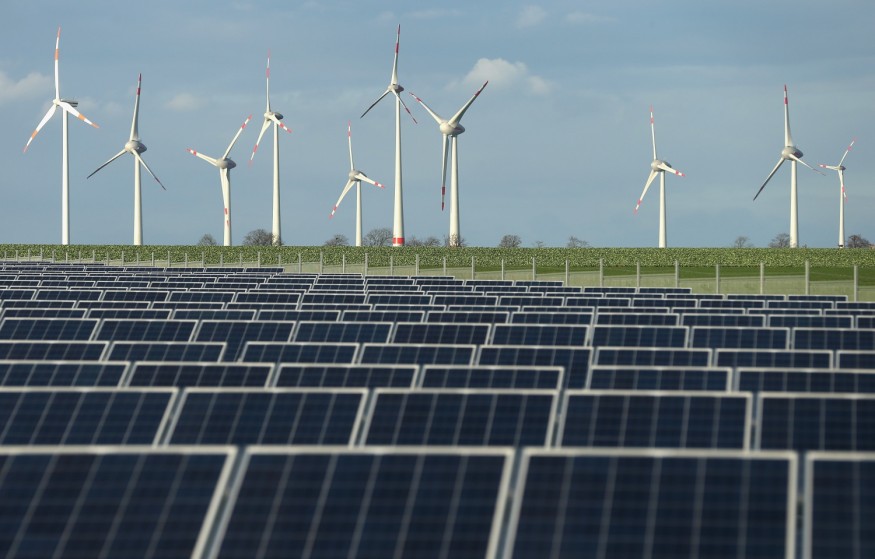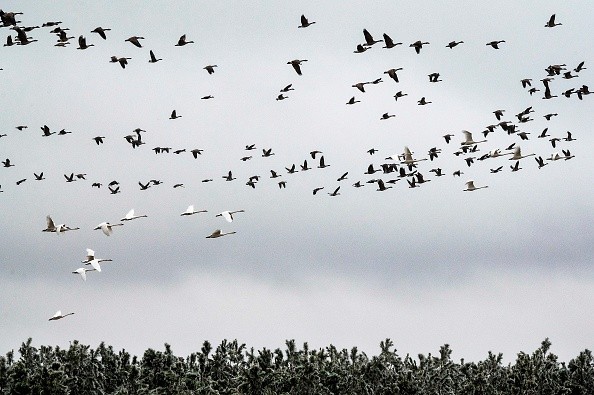An analysis showed how bird population decreases in California as a result of renewable energy sources.
Collaborative Effort

A group of researchers from various universities throughout the United States tried to figure out how vulnerable bird populations are to alternative energy generation. The group explains their research on the influence on bird populations in California in a report published in the Royal Society Open Science.
While marketed as environmentally beneficial, alternative energy sources are not necessarily such. Solar panel manufacturing, for example, results in pollution in the environment. The adverse effects of wind and solar farms on animals, particularly birds, are becoming more commonly understood. When birds try to fly through the whirling blades of wind turbines, they can be killed, and when they fly over huge solar farms, they can die from overheating. They can also perish due to being removed from their native habitat. In this new study, the researchers went beyond merely counting the number of birds killed by alternative energy sources to assess the aggregate impact of alternative power plants on vulnerable bird populations in California.
Also Read: Almost 300 Migratory Birds Found Dead in New York After Smacking Into a Skyscraper
Sampling

The researchers picked 23 species known to be in danger when traveling near alternative energy generating stations to analyze the impact on birds across the state. They gathered information from previous research, including ecological and conservation initiatives, and participated in feather-collecting expeditions around California, where they recognized and numbered each bird. They also used species distribution maps and data on migration flyways and bird conservation. They also gathered information on California's alternative energy plant locations, numbers, kinds, and sizes. They then used different ways to assess the data collected and calculate the impact of bird mortality per species from both solar and wind farms. A Markov chain Monte Carlo application combined with a Bayesian hierarchical modeling framework was one such method.
The researchers discovered that exposure to alternative energy plants resulted in at least 20% population decreases in 11 of the 23 species they evaluated. They also found hazards to numerous populations due to damage to movement networks, problems extending far beyond plant locations.
Bird-Friendly Structures
Bird-friendly buildings lessen risks to birds by using proven technology and materials without losing aesthetics, utility, or natural illumination.
Buildings are becoming higher as the population of metropolitan areas grows to offer enough room for the expanding population efficiently. However, fixing one issue leads to another. Due to rapid urbanization, regions that once housed natural animal habitats are being replaced by massive concrete complexes with enormous glass windows. Birds have been harmed in this case, with bird-building collisions becoming a common occurrence. More than 25 million migrating birds are killed each year in Canada due to bird-building collisions. That number will continue to rise unless we all work together to find answers to the problem of biodiversity loss in our cities.
For more animal related news, don't forget to follow Nature World News!
© 2025 NatureWorldNews.com All rights reserved. Do not reproduce without permission.





